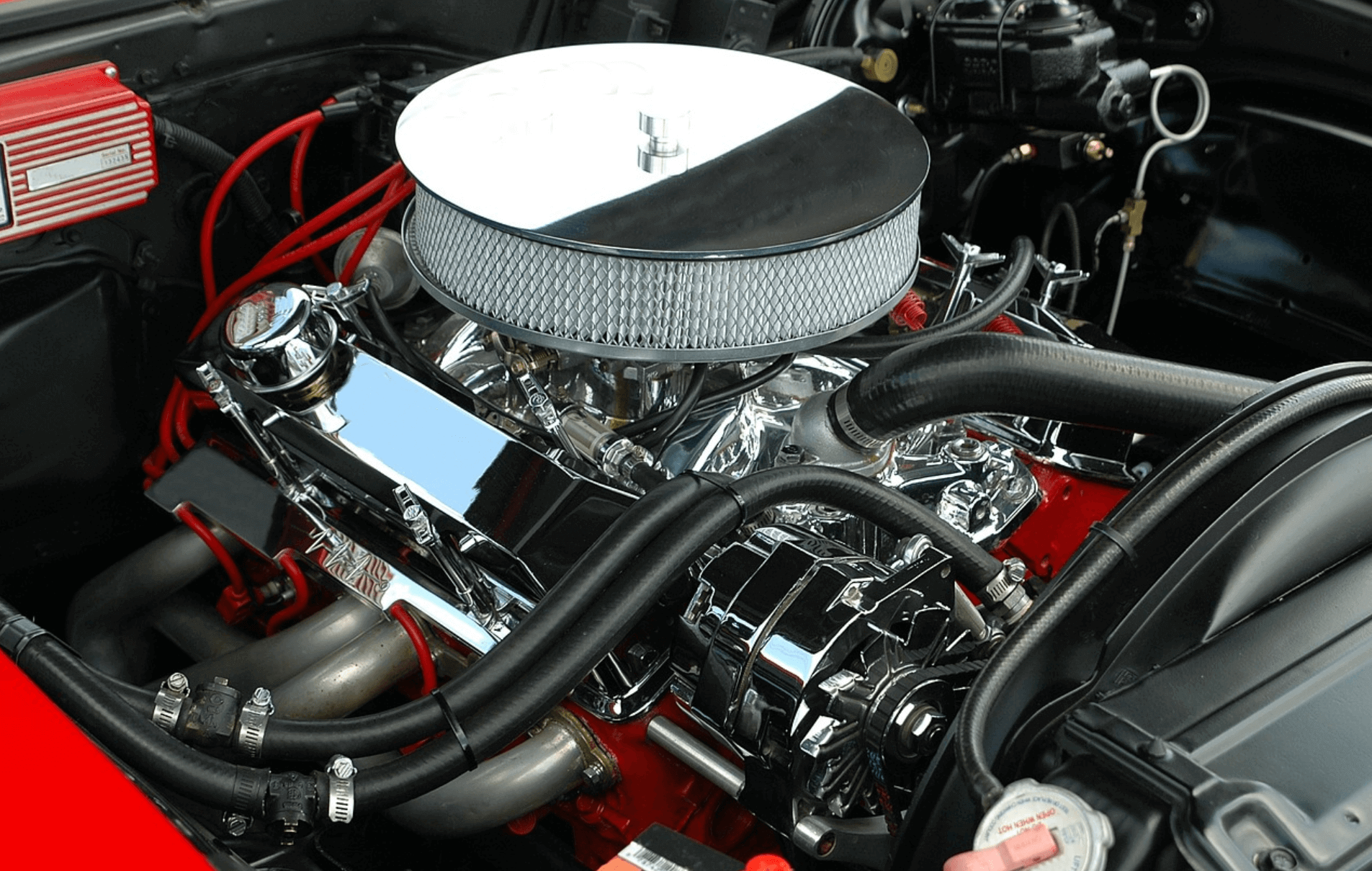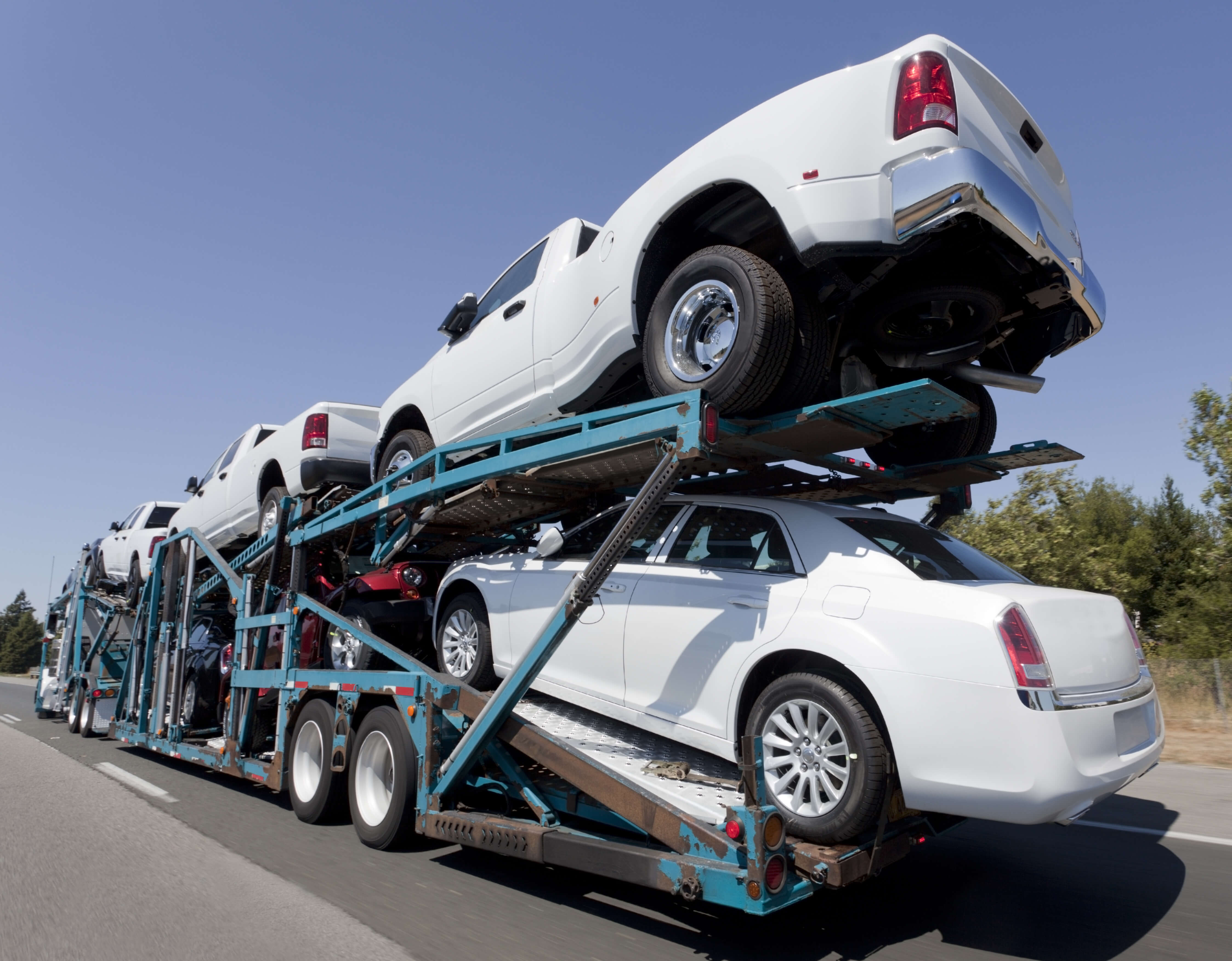Car insurance is a requirement for anyone who, well, owns a car. But with a huge variety of insurance brands and companies offering different types of coverage in across the United States — some more affordable than others — finding the perfect automobile insurance company suited to your needs can seem daunting, especially if you’re trying to save money while also not skimping on great service.
When searching for car insurance, it’s important to keep in mind that the most credible and trustworthy automobile insurance company for a friend or relative may not be a good match for you.
And then, as if to complicate matters further, every state has its own minimum protection requirements. On top of all this, if you have financed your car, your lender also typically requires enough coverage to protect its collateral.
It becomes much easier to get a clear rundown of the best car insurance companies when you look more closely at customer satisfaction and complaints in the form of transparent, crowd-sourced reviews. The research comes in many forms, after all. Here are a few pointers and guidelines to help get you started on the path to finding the car insurer that’s perfectly suited for you.
Different Ways To Select Auto Insurance Company
1. Compare car insurance rates:
As a general rule, don’t simply buy from the first car insurance company you come across. It’s absolutely necessary to compare the insurance rates of at least 4 to 5 companies (both large and small) before you make any final, binding commitments. If you’re busy like the rest of us and would prefer to save valuable time, take advantage of online services available to compare car insurance quotes from your top picks instantly.
2. Check Your Central or State Government’s Insurance Department Website:
Each state government has an automobile and traffic insurance department responsible for regulating, moderating, controlling the car insurance companies within the state boundaries. Their websites can be a valuable source of information on complaint filings, licensing information, and many of them even make automobile insurance companies file insurance rates and other paperwork, making it public knowledge. In other words, you can see how regularly each insurance provider sends requests to the government to increase its rates, along with knowing the moments on which the states grant permissions, or rejects their requests. Clearsurance offers additional car insurance information for all 50 states plus Washington, D.C., taking much of the tedious grunt work out of discovering the top-rated companies, most popular insurers, and minimum car insurance requirements to be a legit and legal driver in your state.
3. Look into companies financial standings:
It is important to remember that car and other automobile insurance companies are indeed financial institutions, so familiarizing yourself with their ratings by insurance and financial analysts is a great way to understand how strong the financial foundation of a company is. Put another way, you want to be sure the car insurance company you choose to cover your vehicle is not stretching its financial resources or covering or offering unrealistic figures just to be successful. Companies committing to extravagant figures in the industry is not unheard of.
4. Check out Real Customer Assessments and Reviews of Automobile Insurance companies:
Your satisfaction with your car insurance company will stretch beyond simply financial details and transgress into other important considerations. Knowing and understanding what their existing clients think of them as a whole, in terms of service, affordability, relationships, credibility, is equally important. Be on the lookout for pointed information, like how easy it is to file an insurance claim, how easy (or difficult) it is to reach a representative of the company or the agent, and speak with them, and how long it takes to settle a claim of insurance once it is made. Customer service should never be underestimated as the great measuring tool that it is for determining the car or automobile insurance company best-suited to your needs!
Clearsurance.com is the only crowdsourced website dedicated to providing a transparent, trusted look at today’s insurance market — thanks to over 125K consumer reviews. What better place to start your search?
Read Also:






















